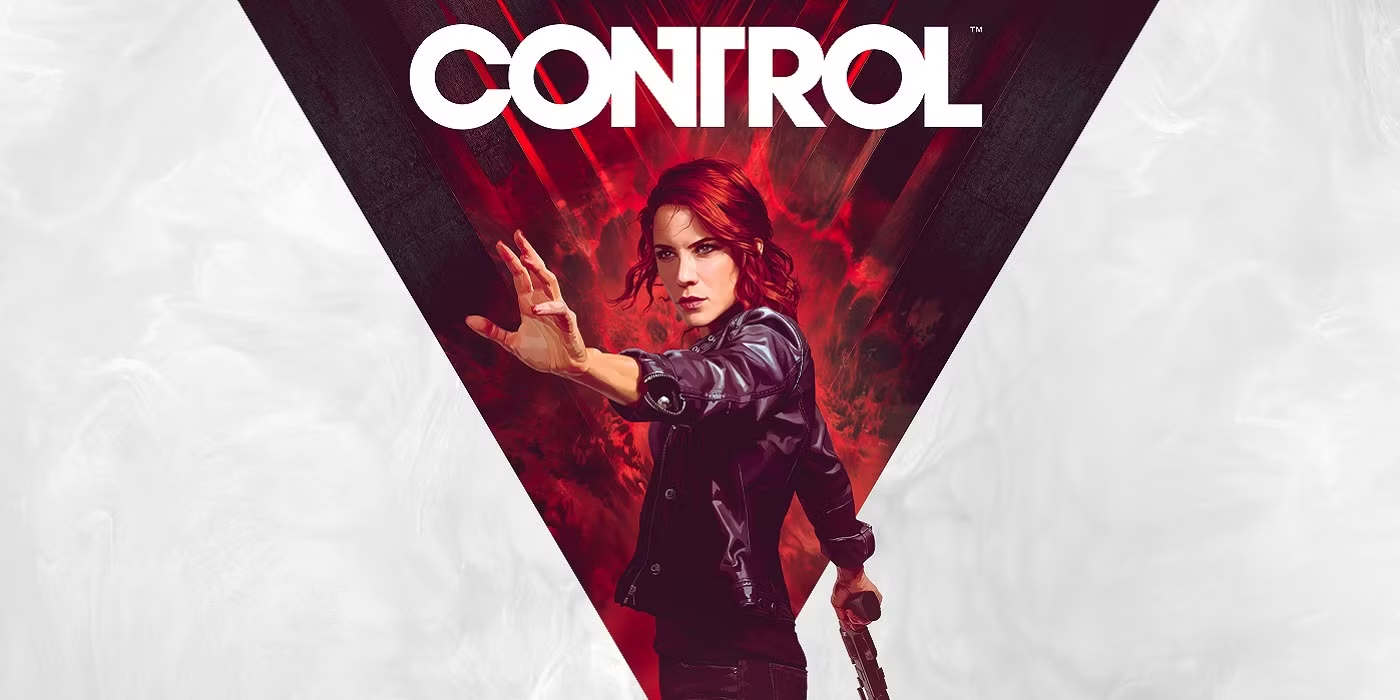
Hands-On: Control
For years, Finnish developer Remedy Entertainment has crafted unique gameplay experiences with powerful narratives to match. The Max Payne franchise helped define bullet-time in gaming amidst the backdrop of urban noir. Alan Wake‘s ultra-mysterious story remains a fan favorite nearly a decade after its release. Quantum Break pushed the limits of storytelling with a live-action series to accompany its time-travel . Now, the studio has something new for players in the form of Control, a game with more complex mechanics that promises a lot and refuses to disappoint.
Strong narratives are hallmarks of Remedy games, and Control looks to be no exception. Protagonist Jesse Faden journeys to the Federal Bureau of Control, an organization studying the supernatural, after suffering personal tragedy in her past. After arriving at the organization’s mysterious headquarters, known as The Oldest House, Jesse finds the building overtaken by a paranormal force called The Hiss. Forced to take up the role of the agency’s Director, Jesse must fight to take back The Oldest House, explore its secrets, and discover her past all at the same time – no pressure.
Key to taking back The Oldest House is Jesse’s ability to fight entities possessed by The Hiss. Previous Remedy titles crafted their stories before their gameplay; Control takes the opposite approach, and it shows. Jesse can leverage a plethora of supernatural abilities to gain the upper hand in firefights. She can levitate for extended periods, reigning hell down on enemies from high above the battlefield. She can launch nearby objects at foes, using everything from small rocks and chairs to forklifts and tables. While in the air, she can slam into enemies with destructive force, even if they are also flying around. She can even possess weakened enemies and force them to temporarily fight on her side. All that said, if traditional gunplay is more your speed, Jesse’s lone sidearm has you covered. It’s called the Service Weapon, and its multitude of fire modes help it function as a multi-purpose death machine; it can be a rapid-fire machine gun, a two-shot showstopping revolver, and more. In addition, everything you leverage during gameplay, from Jesse herself to her weapon and her powers, can be upgraded. The Service Weapon can gain additional fire modes and abilities, Jesse’s powers can last longer and become more powerful, and even Jesse herself can benefit from more health or faster stamina recharge. The game promises to let you create the loadouts and builds you find most useful, and there’s lots of customization to be had.
Remedy’s stated goal with Control was to craft longer-lasting gameplay with more possibilities and variation; it’s obvious that the studio has spent a significant amount of time doing so. Gunplay is fast and precise, with the Service Weapon morphing supporting different firing modes to best suit your playstyle. Environments are incredibly destructive; if no tossable objects are nearby, Jesse’s Launch ability will instead tear up pieces of The Oldest House to use as projectiles. Levitating allows you to move in and out of firefights efficiently, with the slam feature letting you do serious damage up-close and follow up with gunfire to finish an enemy off. Strategically possessing an enemy and gaining a last-second ally can occasionally mean the difference between winning and losing a fight. Whereas previous Remedy games felt more linear in how they presented combat, Control feels incredibly open-ended, allowing you to approach and engage enemies as you see fit. This renewed focus on gameplay creates tense and satisfying firefights that you can’t help but get lost in. The demo presented me with four objectives to complete over a twenty-minute time frame; because I had so much fun beating up on bad guys in the main chamber of The Oldest House, I finished only one.
As you might expect, the gameplay is complemented by some impressive presentation elements. The main areas of The Oldest House properly reflect the building’s status as a towering, Brutalist relic of a distant architectural era. Once you stray into some of the side areas, though, the drab concrete walls and stairs give way to more fantastic designs; old professor’s offices and research labs look are awash in old-world detail, while quarantined infestation zones sit glowing and abandoned, oppressively overrun by grotesque alien growths. This is Remedy’s second game built on its Northlight engine, the first being Quantum Break, and many of the presentation techniques from that game appear here as well. Motion blur is used liberally, beautiful enemy dissolution effects appear often, and Jesse’s Launch power take advantage of complex-but-seamless physics. Of course, trademark touches from the studio feature throughout, with live-action video playing from projector reels immediately feeling particularly “Remedy”.
One last bit to note – the demo really wants you to know that it is a work in progress. The studio brought an incomplete build of the game to PAX, and while my playthrough went smoothly, not everyone was as lucky; while waiting to play, I watched some gamers experience dramatic frame rate drops, while others phased through the floor or gained access to unfinished areas thanks to level geometry failing to load in time. Developer representatives were quick to joke about the flaws, and they promised that the game will be further polished as release nears. With that polish in place, Control hopes to deliver something fresh and improve on everything that has come before it. The gameplay and mechanics are deeper and more complex than the studio’s previous games; if the story lives up to past Remedy fare, this game may well stack up as one of their best.
Control launches August 27th on Xbox One, PlayStation 4, and PC.






